Affiliate Disclosure: AmmoCave.com sometimes gets paid for listings, through sponsors or affiliate programs like Lucky Gunner, Optics Planet, Brownells, Cabelas, Academy Sports & Outdoors, Rainier Arms, Palmetto State Armory, Sportsman’s Guide, Ammo.com, Ammo Man, Primary Arms, MidWayUsa, Amazon, eBay, etс. Clicking a link helps keep AmmoCave.com free, at no extra cost to you!
Authors: Each article is verified by AmmoCave's expert team. Professional hunters, firearm trainers, gunsmiths, and gun experts write the articles. AmmoCave Team independently researches, tests, reviews, and uses recommendations from our community of gun owners. We may earn commissions from shopping links.
Note: The views and opinions expressed in this article are those of the authors and do not necessarily reflect any agency's official policy or position. The articles are for informational purposes only, share your opinions about Best 1911 Barrel in the comments and join the discussions. Let's share 💬 our ammo & gun experiences together!
What is a 1911 barrel? 🧐
It is the part of a firearm that houses the ammunition and facilitates its firing. It is one of the most important components in any gun, having a significant impact on accuracy and performance.
Features 💥
The 1911 barrel is a crucial component of the pistol, and it plays a critical role in its accuracy, reliability, and overall performance. Here are the key features:
- ☑️ Material: The material used to make the barrel can significantly impact its durability, strength, and weight. They are made from high-quality materials, such as stainless steel, carbon steel, or match-grade steel, which offer superior resistance to wear, corrosion, and heat.
- ☑️ Length: The length of the barrel can affect its accuracy and velocity, as well as its appearance and balance. The standard length is 5 inches, but some models come with shorter or longer barrels, such as 4.25 inches, 6 inches, or 7 inches.
- ☑️ Rifling: The rifling determines how the bullet spins and stabilizes in flight, which influences its accuracy and consistency. The most common rifling types are traditional land-and-groove rifling, ratchet rifling, and polygonal rifling, each with its pros and cons.
- ☑️ Fit and Finish: The fit and finish are critical for its reliability and aesthetics. The barrel should fit snugly and securely in the slide and frame, without any wobbling or rattling.
- ☑️ Chamber and Feed Ramp: The chamber and feed ramp of the barrel is essential for feeding and ejecting the cartridges smoothly and consistently. The chamber should be sized and shaped to accommodate the specific caliber and brand of ammunition, without any excessive headspace or tightness.
Benefits 🤩
When it comes to 1911 barrels, several benefits make them stand out from other gun barrels.
- ✨ The first is the fact that due to the design, there is less misfire compared to other types of firearms.
- ✨ The second benefit is its accuracy; when paired with properly fitted ammunition, a barrel can be extremely accurate even over long distances.
- ✨ Third, these barrels are built to last; their construction makes them extremely durable and reliable in the field.
- ✨ Finally, they look very stylish; with their distinctive barrel profile and checkered grip panels, it adds a classic look to any firearm.
🔧️ Ramp and unramped barrels 🔧️
When it comes to 1911 barrels, you may come across the terms ramped and unramped. These terms refer to the feed ramp on the barrel that helps to guide the round into the chamber. Here’s a closer look:
- 💣 Ramped Barrel: If you have such a barrel, it is designed to work with a frame that has a corresponding ramp. Simply slide the barrel into the frame and secure it in place. When properly installed, the ramp on the barrel will line up with the ramp on the frame, allowing for smooth feeding.
- 💣 Unramped Barrel: If you have this barrel, you’ll need to be mindful of the frame you’ll be using it with. Not all frames have a feed ramp, so you’ll want to ensure your frame does before purchasing an unramped barrel. Once you have a compatible frame, you’ll need to install the barrel and then hand-fit a feed ramp to the frame. This process can be time-consuming and requires specialized tools and skills.
😉 With the right choice of barrel and careful installation, you can enhance the performance and accuracy of your 1911 pistol.
Our Selection 6 Best 1911 Barrel 🎯
1# Wilson Combat Match Grade Full-Fit Barrel
If you are looking for a new barrel for your pistol, notice the Wilson Combat Match Grade Full-Fit Barrel – an oversize barrel that is sure to transform even the most inaccurate Glock pistol into a precision shooting machine! It is made of billet aerospace grade 416R stainless steel and is oversize in all fitting dimensions, including the muzzle. Based on our own experience once properly fitted, these barrels can shoot groups that rival a 1911 handgun with a match-grade, fully fitted barrel. They are renowned for their unmatched quality and accuracy, and now you can experience a true, target fit!
2# Fusion Firearms UMG Barrels
Introducing Fusion Firearms UMG Barrels, made from top-quality 416R rifle-grade stainless steel with a stunning stainless steel finish. These barrels are specifically designed for the 1911 platform and have a length of 6 inches, making them perfect for a range of shooting activities. The 416R stainless steel used in their construction is known for its excellent corrosion resistance, high tensile strength, and durability, making it the perfect choice for serious shooters who demand the best!
3# Ed Brown Products Drop-In 1911 Pistol Barrel
If you’re searching for precision and accuracy in your firearm, then the quality of the barrel is of utmost importance. Check out Ed Brown Products Drop-In 1911 Pistol Barrel! It is manufactured in-house by our skilled craftsmen using the latest CNC machinery and modern manufacturing techniques. Our research has shown that construction T-416 steel is stress-relieved and heat-treated before the final rifling and refinishing processes, ensuring that barrels are capable of providing superior performance under the most demanding conditions. If you need a barrel that delivers unmatched accuracy and reliability – get the Ed Brown Products Drop-In 1911 Pistol Barrel!
4# Sig Sauer 1911 Barrel
Searching for a high-quality barrel to enhance the performance of your 1911 .357 Carry pistol? Pay attention to the Sig Sauer 1911 Barrel, specifically designed for this popular firearm. Constructed from top-grade materials and precision-machined to exacting standards, this barrel is the perfect upgrade for shooters who demand the utmost accuracy and reliability. Whether you’re a professional shooter or a hobbyist, this Sig Sauer 1911 Barrel is sure to impress. So why wait? Invest in the best and experience the difference for yourself!
5# Iver Johnson Arms Iver Johnson 1911 Threaded Barrel
Do you want to get a high-quality barrel upgrade for your 1911 .45acp pistol? Check out the Iver Johnson Arms Iver Johnson 1911 Threaded Barrel. Made with durable, long-lasting materials and precision-engineered to deliver consistent performance, this barrel is sure to impress even the most discerning shooter. With a threaded design and no link/pin required, it is easy to install and provides exceptional accuracy and reliability. Whether you’re a professional shooter or a hobbyist, this barrel is an excellent choice for anyone who needs to enhance their 1911 .45acp pistol.
6# Ed Brown Products Suppressor-Ready 1911 Pistol Barrel
Introducing the Ed Brown Products Suppressor-Ready 1911 Pistol Barrel. It is similar to the Ed Brown drop-in model, but it is longer and threaded to accommodate suppressors. Our analysis of this product showed that the thread sizes are 0.578 x 28 TPI RH for the 45 ACP barrels and 1/2 x 28 TPI RH for the 9mm barrels. It comes with a link, link pin, bushing, and thread protector. So, don’t wait – order and try it today!
Reaming and polishing the chamber 🧑🔧
Reaming and polishing the chamber of a 1911 barrel is essential for optimal performance and accuracy. Here’s a step-by-step guide on how to achieve a properly polished chamber.
- ➡️ Gather the Necessary Tools – Before starting with the cleaning process, it’s essential to gather all the necessary tools. You’ll need a barrel vice, a chamber reamer or a flex-hone, a polishing compound, and a cleaning kit.
- ➡️ Clean the Barrel – Before starting with the polishing process, clean the barrel thoroughly. Use a cleaning kit to ensure that the barrel is free from dirt, oil, and debris.
- ➡️ Secure the Barrel – Secure the barrel onto the vice, ensuring that it’s stable and secure.
- ➡️ Ream the Chamber – Using the chamber reamer or flex-hone, work the tool slowly into the chamber. Take caution not to remove too much material, which could cause the barrel to become unsafe or unrepairable.
- ➡️ Inspect the Chamber – Inspect the chamber to ensure that it’s free from reamer marks, chips, or rough spots after reaming. If necessary, use sandpaper to remove any debris or uneven spots within the chamber.
- ➡️ Polish the Chamber – Apply a polishing compound to the chamber, and use a brass brush to polish the chamber in a circular motion. Avoid using a steel brush, as this can cause scratches, which may interfere with the bullet’s trajectory.
- ➡️ Clean the Barrel Again – Finally, clean the barrel again, ensuring that all debris, oil, and polishing residue are removed.
FAQ🤔
Conclusion 😊
Choosing the best 1911 barrel for your needs can be a daunting task. There are many factors to consider, from material and finish to length and profile. We hope this guide has given you insight into what makes a great barrel so that you can make an informed decision when it comes time to buy one. So go out there and get yourself a quality barrel – with any luck, it will last as long as your firearm! 🥰❤️🔥

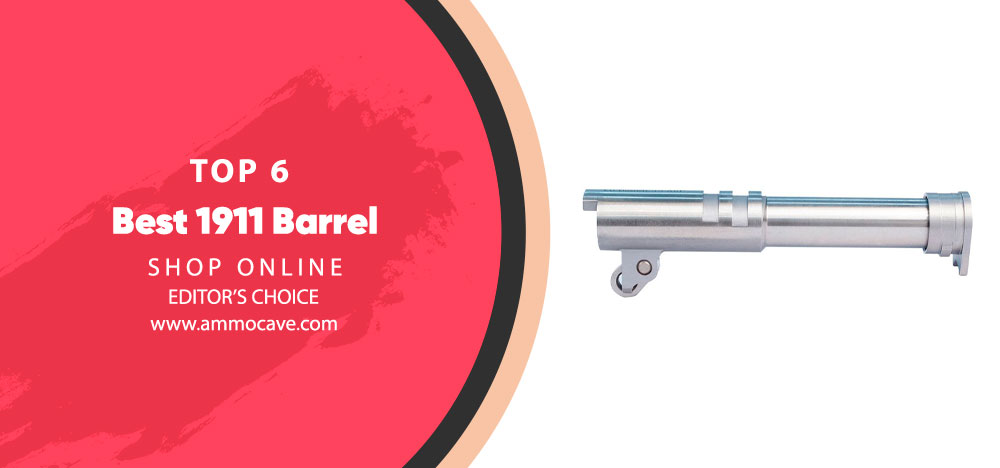

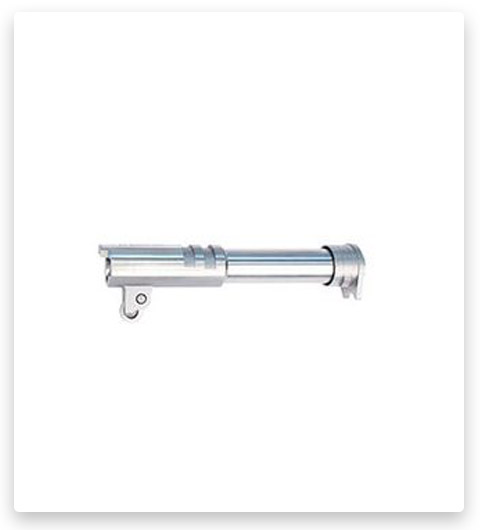
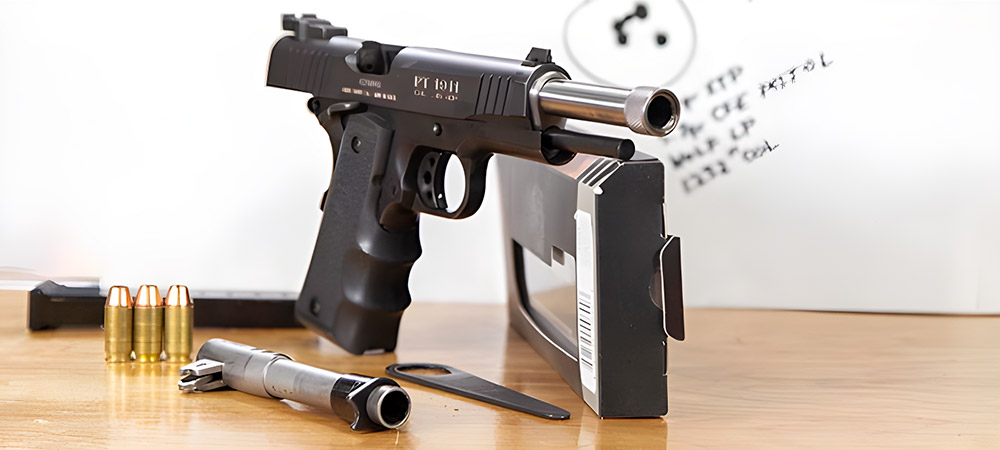
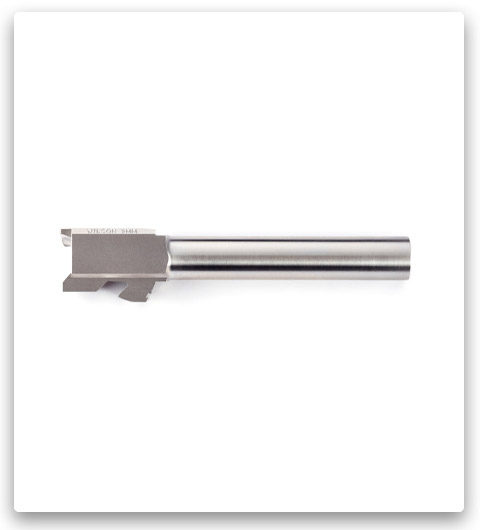



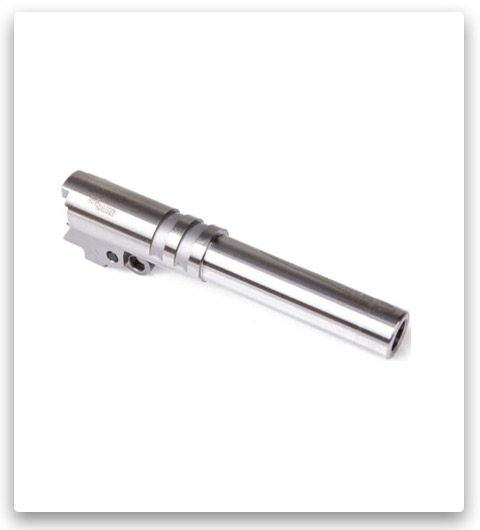
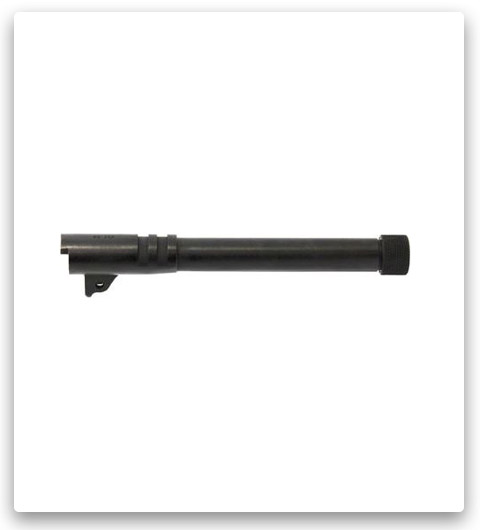
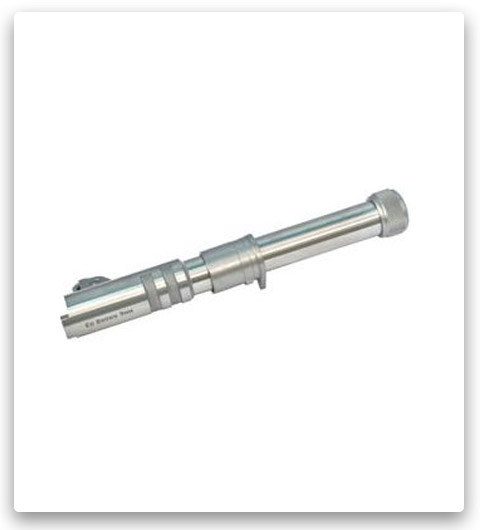
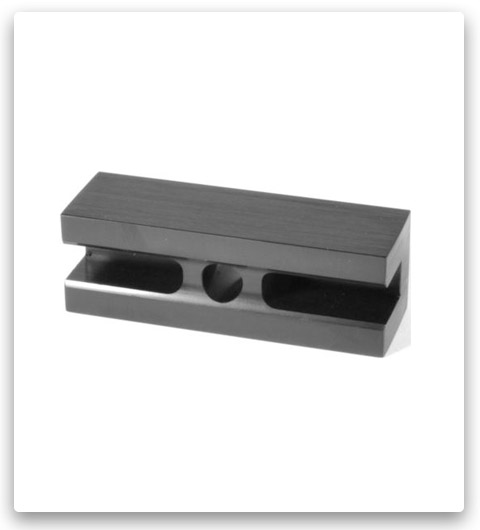
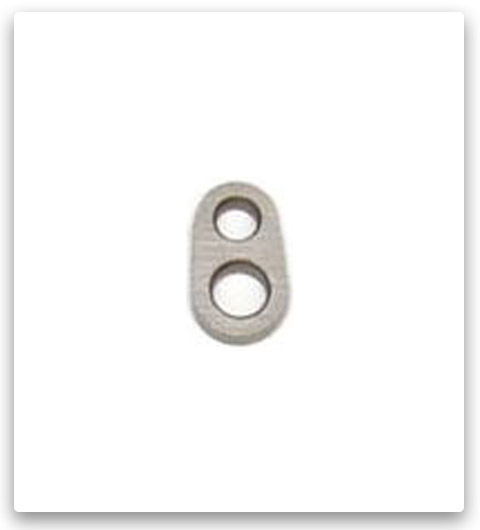
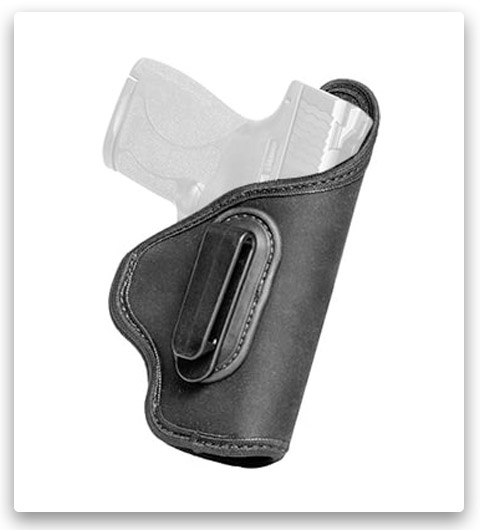


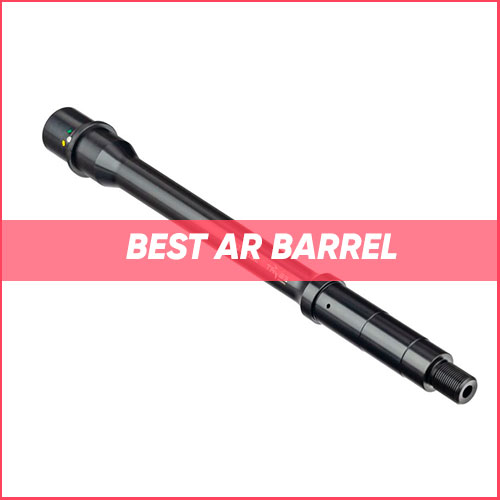


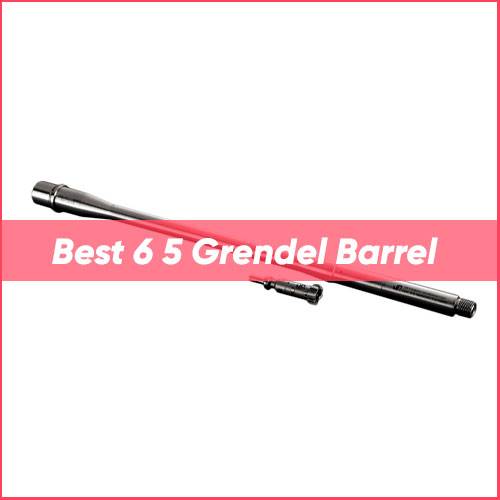


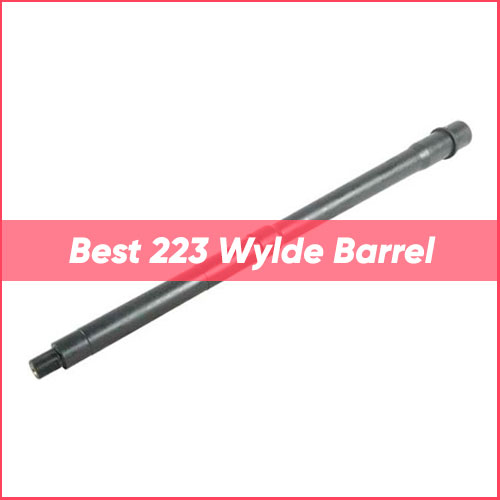
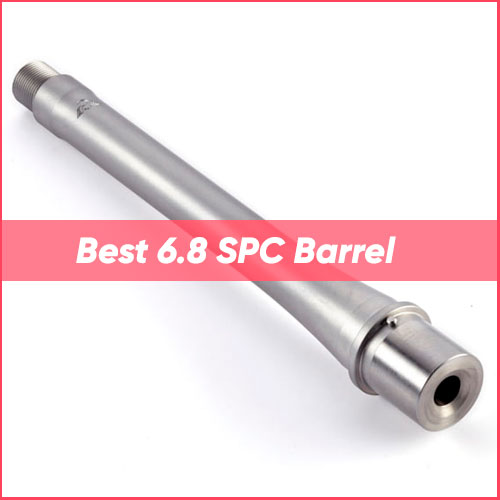
Hello everyone, I’ve been doing some research on aftermarket threaded barrels for my Sig Sauer STX and I’ve come across some good options from Nighthawk, Wilson Combat, and Ed Brown. I’m looking for suggestions on barrels that would be easy to install without too much fitting required. I’m not very knowledgeable about 1911 barrel fitting, so any advice or recommendations would be greatly appreciated. Thank you!
Fitting a barrel can be challenging, but I’ve learned that if you can find a barrel made by the same manufacturer as your firearm, it is more likely to be a drop-in fit. However, I think that it’s rewarding to learn how to properly fit a barrel because it will result in a tighter and more accurate gun, even though it may require extra tools that can cost around $50. Regarding barrels, I’ve had good experiences with Fusion Firearms UMG Barrels.
Hi there, I’m in search of recommendations for a new barrel. I’m specifically looking for a threaded barrel. Additionally, I’m wondering if I should replace the bushing when I replace the barrel. Any advice would be greatly appreciated!
In my experience, installing a 1911 barrel is not as simple as a drop-in installation. Most manufacturers recommend having a gunsmith install or fit the barrel for you, as there can be slight variations between each manufacturer that require specific tuning.
As a gun enthusiast, I recently had an Iver Johnson Arms Iver Johnson 1911 Threaded Barrel, and I couldn’t be happier with the results. The barrel’s accuracy is top-notch, but as others have mentioned, it isn’t a drop-in part. Initially, I planned on fitting it myself, but after realizing the amount of precision required, I decided to take it to a gunsmith. After it was fitted, I tested it with both suppressed and unsuppressed rounds and had no issues.
I have a Colt Series 80 Officer 1911 with a 3.5″ barrel in 45acp and I’m interested in attaching a suppressor to it. Since it was manufactured before my state’s pre-ban date (CT – pre-1994), I thought about getting a threaded barrel for it. However, it’s difficult to find a threaded barrel in the Officer length. Additionally, I’m concerned about whether my Obsidian 45 suppressor can handle the pressure coming out of a 3.5″ barrel. I’m considering installing a 5″ barrel instead and just dealing with the extra length when using a suppressor. Would this be possible or advisable? Any thoughts or suggestions would be appreciated.
I want to share my knowledge about 1911 barrels. It’s important to note that 1911 barrels require fitting by a gunsmith. Additionally, when it comes to installing a longer barrel for a suppressor, you need to be careful about the manufacturer you choose. If you buy a 6″ barrel for a 6″ slide and install it in a 5″ slide, the stepped part would be out past the bushing, causing poor accuracy. If your gun has a bull barrel instead of a bushing, you have a bigger problem because you need a barrel with a short, fat cone to mate with the officer slide, which would require a custom job.
After fitting a threaded barrel to my 1911, I am experiencing numerous extraction issues with different types of ammunition. Can anyone provide some assistance or advice on how to resolve this issue?
Based on the information provided, it appears that the extractor is not causing the extraction issues as the spent case is clearing the chamber. There may be still more fitting required for the new threaded barrel. It seems that something is causing the slide to lose velocity and preventing it from traveling back far enough for the ejector to function properly. It may be necessary to double-check the dimensions of the barrel and make further adjustments as needed.
If you didn’t take measurements during the fitting process, then cannot be certain that I did it correctly. Fitting a 1911 barrel requires much more precision than fitting a Glock barrel, and it’s not recommended to follow the factory’s example. It’s best to find a reputable 1911 gunsmith who can do the fitting for me. If you attempt to do it without proper measurements and experience, risk damaging the slide and compromising the overall function of the firearm.
As someone new to 1911s, I have a question regarding head spacing when changing barrels. Is there a specific technique for head spacing that needs to be considered when changing barrels? I’m curious to find out if this could be the issue, but I’m not sure myself.
When I fit a new 1911 barrel, I always check for headspace. The specification for headspace is between .898-.920 inches. Since the 45 Auto headspaces off the case shoulder, it’s important to include any gap between the barrel hood and the breech face in the measurement. To measure headspace, I use a known length .898-inch precision ground case gauge, as well as feeler gauges to determine what will lock up. Once the headspace is determined, the barrel will need to be finished reamed to cut a lead into the rifling and set the final headspace, which I typically aim for at .904 inches. However, this is the final step in the process. First, I work on cutting the hood and setting upper lug engagement properly, then address the lower lugs, and finally select the right sized link.